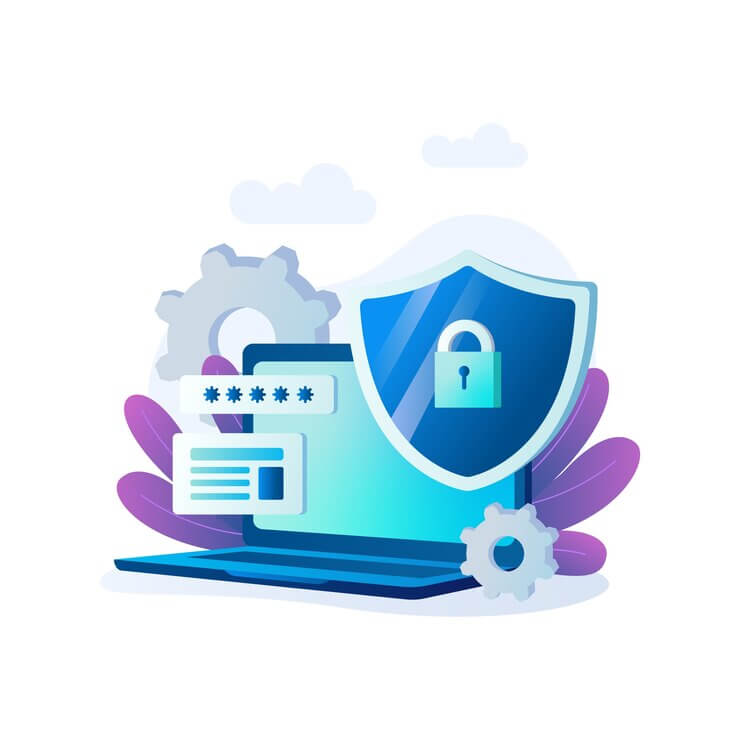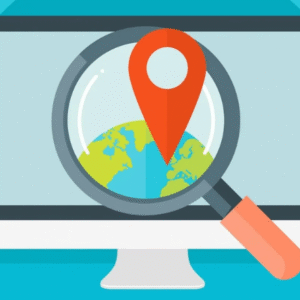Cyber threats are evolving at an alarming rate, and no business—large or small—is immune. From ransomware that paralyzes operations to sophisticated phishing scams stealing critical data, the cost of ignoring cybersecurity in 2025 has never been higher. Today, proactive security measures aren’t optional—they’re essential.
Think your business is too small to be a target? Think again. Small and medium-sized businesses (SMBs) are often prime targets precisely because they lack robust defenses. The good news? With the right strategies, you can significantly reduce your risk and protect your digital assets.
The Rising Cyber Threats of 2025
Cybercriminals are constantly evolving their methods. Here are the top threats facing businesses this year:
1. Ransomware Attacks
Ransomware continues to dominate headlines encrypting your data and demanding huge ransoms for its release. Paying doesn’t guarantee recovery, and you may still face data leaks or reputational damage.
2. Phishing & Social Engineering
Modern phishing scams, powered by AI, mimic real emails and websites with uncanny accuracy. Employees can easily be tricked into revealing credentials or downloading malware.
3. IoT Vulnerabilities
As businesses adopt IoT devices (smart sensors, security systems, etc.), these often-overlooked tools become weak entry points for attackers. Without proper configuration and monitoring, your entire network could be exposed.
Must-Have Cybersecurity Solutions
To defend against these threats, businesses need a multi-layered cybersecurity strategy. Key components include:
Next-Gen Firewalls & Network Security
Deploy advanced firewalls and intrusion detection systems (IDS) to monitor, filter, and block malicious activity in real time.
Endpoint Protection
Every connected device is a potential risk. Use Endpoint Detection and Response (EDR) tools to detect, isolate, and remediate threats across all devices.
Employee Cybersecurity Training
Human error causes the majority of breaches. Regular training empowers your team to recognize phishing emails, create strong passwords, and follow cyber hygiene best practices.
Multi-Factor Authentication (MFA)
MFA drastically reduces account compromise risks by requiring more than just a password for access—keeping hackers out, even if credentials are stolen.
Compliance & Regulatory Requirements
Failing to secure your business could also mean violating key regulations, leading to fines and legal trouble. Depending on your sector, you may be subject to:
-
GDPR (for handling EU customer data)
-
HIPAA (for healthcare data)
-
PCI DSS (for processing card payments)
Non-compliance can lead to massive penalties, lawsuits, and customer trust issues.
Case Study: Reducing Breaches by 90%
A mid-sized financial services client was overwhelmed by phishing and malware attacks. After partnering with us to implement:
-
24/7 threat monitoring
-
Company-wide employee training
-
Advanced endpoint protection
They achieved:
-
90% reduction in security incidents
-
Zero ransomware attacks in 12 months
-
Full compliance with financial regulations
Conclusion: Don’t Wait for an Attack
Cyber threats aren’t going away—they’re getting smarter. A data breach can cost millions in damages, lost customers, and legal consequences. The time to act is now.
Ready to Secure Your Business?
Don’t wait until it’s too late.
[Contact us for a free security audit] and find out how we can protect your systems, your clients, and your future.
Because prevention is always cheaper—and smarter—than recovery.



